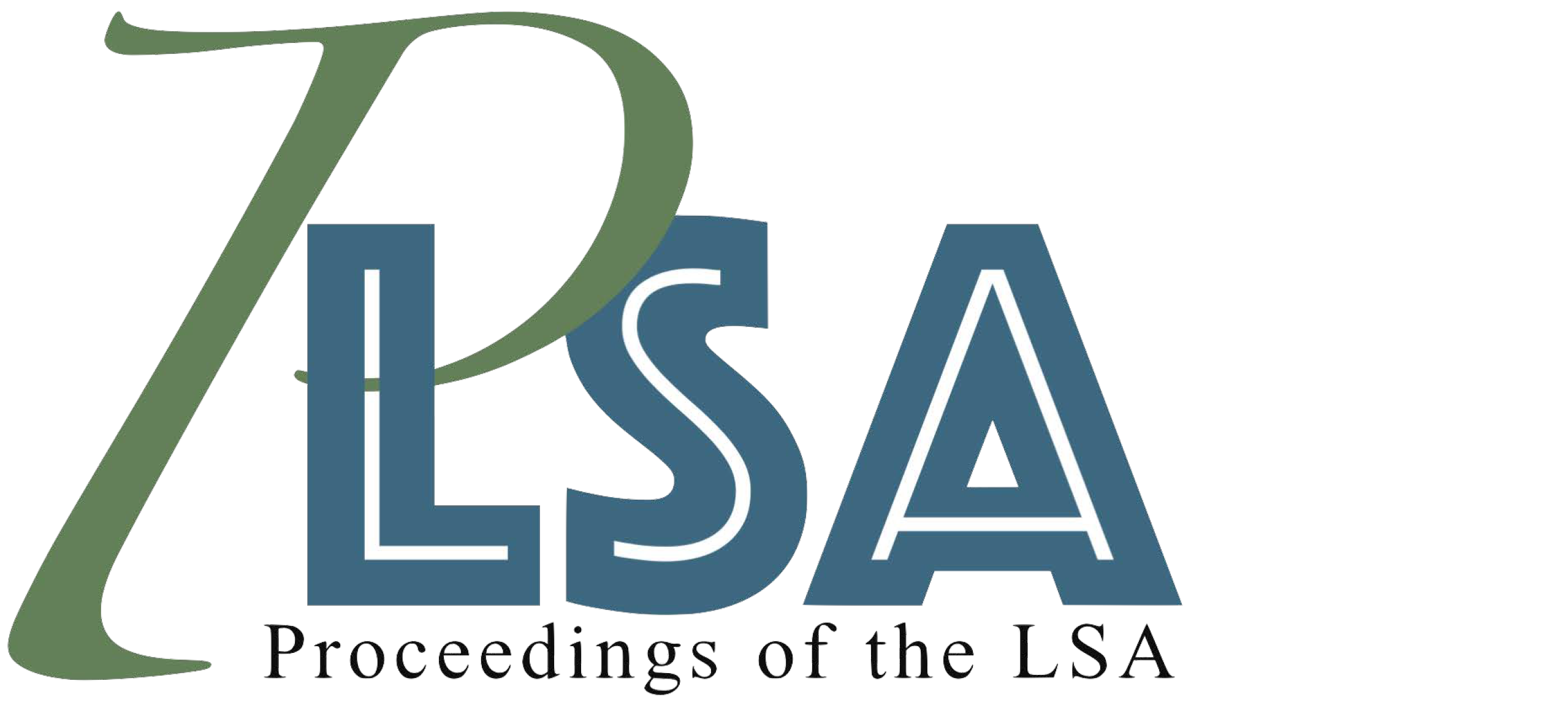Development of Tibetic verb paradigms: Diachronic and paradigm-based explanations
DOI:
https://doi.org/10.3765/plsa.v10i1.5918Keywords:
historical linguistics, verb paradigms, conditional entropy, Tibetic languages, Old Tibetan, Amdo TibetanAbstract
This paper examines two issues in the historical morphology of Tibetic verbs from the perspective of paradigm morphology. The first issue is why the historical future stem was lost after the Old Tibetan period, which we answer using the measure of paradigm conditional entropy. We hypothesise that the loss of the future stem may be due to its lower informativity compared to other paradigm cells. The second issue is diachronic restrictions on syncretism patterns in modern Amdo varieties, where we find that analogical extension never gives rise to imperfective-imperative syncretism to the exclusion of the perfective. We link this to the literature on *ABA, and show that discussions of synchronic morphological paradigms benefit from considering diachronic explanations.
Downloads
Published
Issue
Section
License
Copyright (c) 2025 Kitty Wenying Liu, Samuel Andersson

This work is licensed under a Creative Commons Attribution 4.0 International License.
Published by the LSA with permission of the author(s) under a CC BY 4.0 license.
